Oct . 24, 2025 11:10 Back to list
Wooden Tricycle for Kids – Safe, Eco, Vintage & Two-Seater
Why the Wooden Tricycle For Kids category is quietly winning 2025
Sustainability isn’t a buzzword anymore; it’s purchase criteria. Parents tell me they want tactile, repairable toys that don’t sound like a shopping cart on tiles. That’s where the Wooden Tricycle For Kids shines. Interestingly, the broader kid-mobility market is also borrowing from bikes—magnesium frames, sealed bearings, proper testing labs. In fact, one of the cleanest builds I’ve seen lately was a magnesium balance bike from Xingtai, Hebei, China. Different material, same lesson: quality wins—and wooden trikes are applying similar discipline.

Industry trends (quick take)
- Eco-first: FSC wood and low-VOC finishes are becoming standard, not premium.
- Safety formalized: EN71/ASTM F963 test reports requested by retailers—finally.
- Quiet mobility: EVA or rubber tires reduce noise; neighbors approve.
- Modularity: spares and adjustability extend service life to ≈3–5 years in homes, ≈2–3 in rental/daycare use.
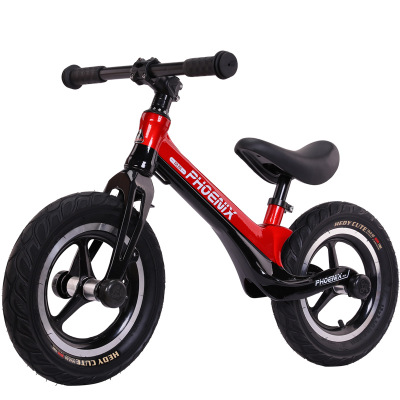
Specs at a glance
| Frame | FSC birch plywood (≈9–12 mm), rounded edges R3–R5 |
| Finish | Waterborne PU, EN71-3 compliant |
| Wheel size | 8–10” EVA or rubber; sealed bearings |
| Seat height | ≈260–330 mm adjustable |
| Weight | ≈3.2–3.8 kg (real-world may vary) |
| Load rating | ≤25 kg |
| Certs | EN71, ASTM F963, ISO 8124 |
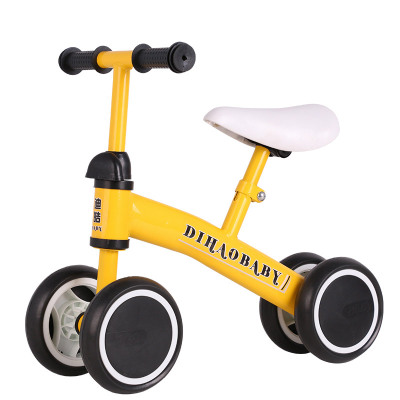
How it’s built (process flow)
- Materials: FSC-certified birch sheets; stainless A2 fasteners; child-safe finishes.
- Methods: CNC cut, edge rounding, waterborne coating (2–3 coats), press-fit bearings, torque-controlled assembly (≈3–5 N·m where applicable).
- Testing: Tip-over angle ≥23°, static load 50 kg/24h no cracks, 2 km rolling test, small-parts torque 0.34 N·m, EN71-3 chemical migration—pass.
- Service life: 3–5 yrs home; 2–3 yrs daycare/rental with periodic bolt checks and tire replacement.
- Industries: Home, daycare, kindergartens, kids’ clubs at hotels, playground rental fleets.
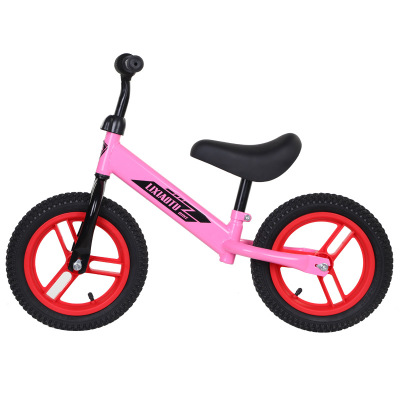
Vendor landscape (shortlist)
| Vendor | Origin | MOQ | Lead time | Certs | Notes |
|---|---|---|---|---|---|
| Boutique Woodworks | EU | ≈100 | 45–60 days | EN71, FSC | Premium finish; higher cost |
| OEM Workshop (Xingtai, Hebei) | China | ≈300 | 30–45 days | EN71, ASTM | Strong OEM/ODM; competitive pricing |
| Global Brand House | Multi-region | ≈500 | 60–75 days | EN71, ASTM, ISO 9001 | Retail-ready packaging and warranties |
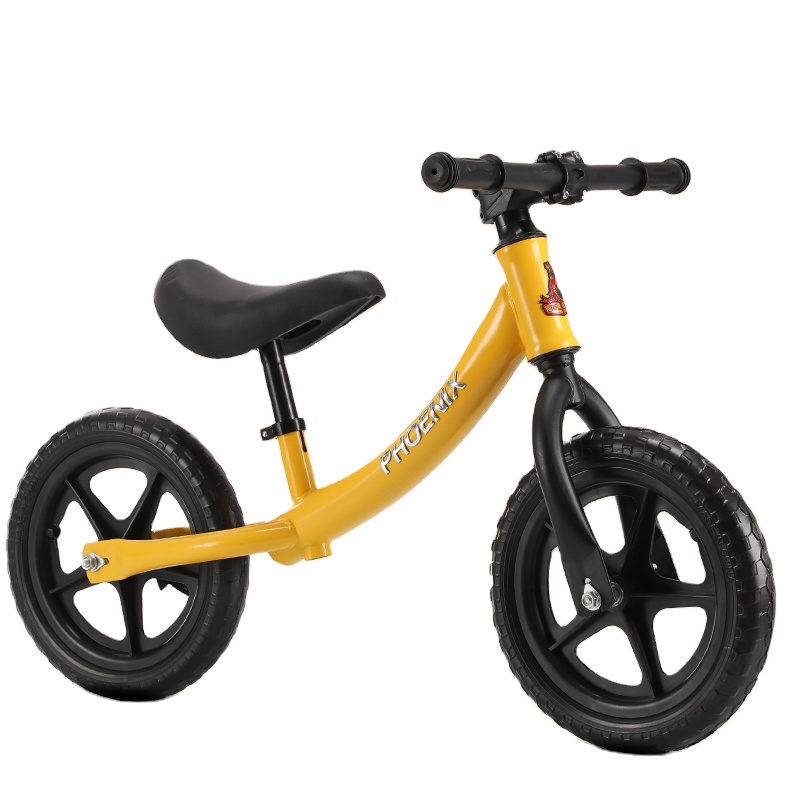
Customization ideas
- Branding: laser-etched logos, PMS-matched grips.
- Geometry: wider wheelbase for nurseries; lighter spec for home use.
- Materials: rubber tires for outdoor rental; EVA for indoor silence.
Case in point: a Nordic daycare chain reported a 30% drop in tip-over incidents after switching to a wider wheelbase Wooden Tricycle For Kids. And yes, parents noticed the quieter hallways—many said it outright.
Side note: if you’re cross-shopping, the “2021 Newest Magnesium Alloy Toddler Balance Bike Kids Push Balance Bicycle” (origin: Xingtai, Hebei, China) shows how bike-grade components trickle into trikes. Different ride, similar safety rigor.
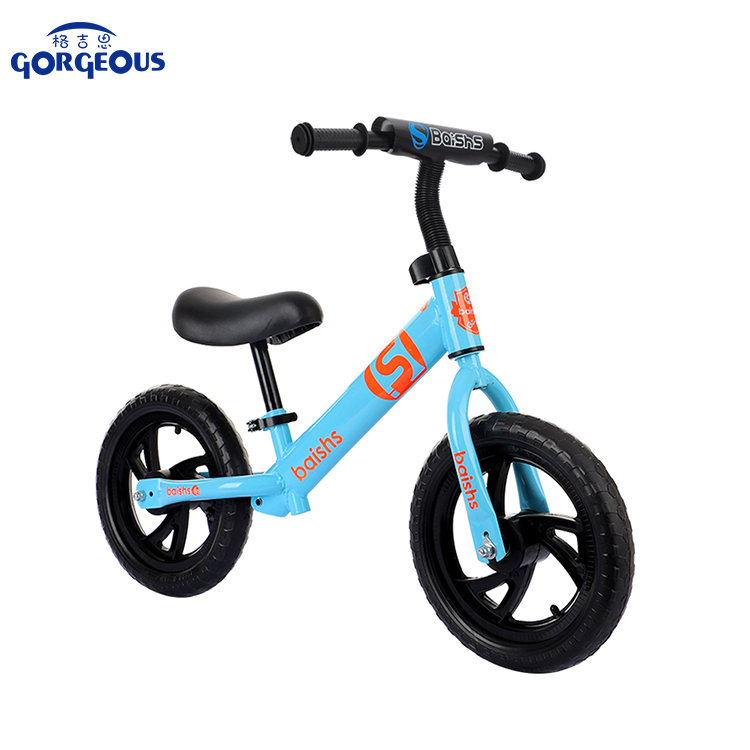
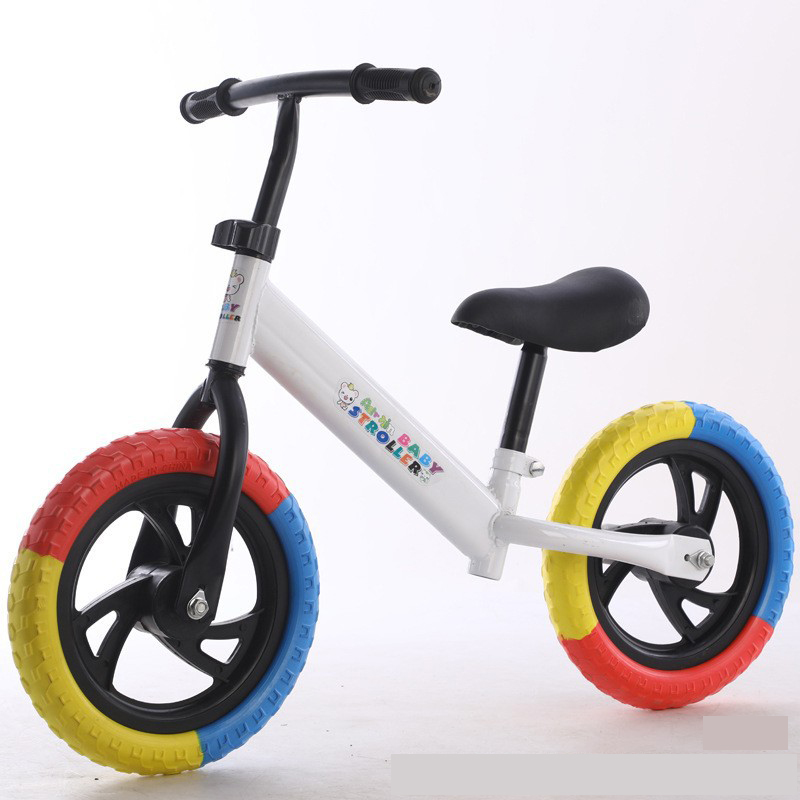



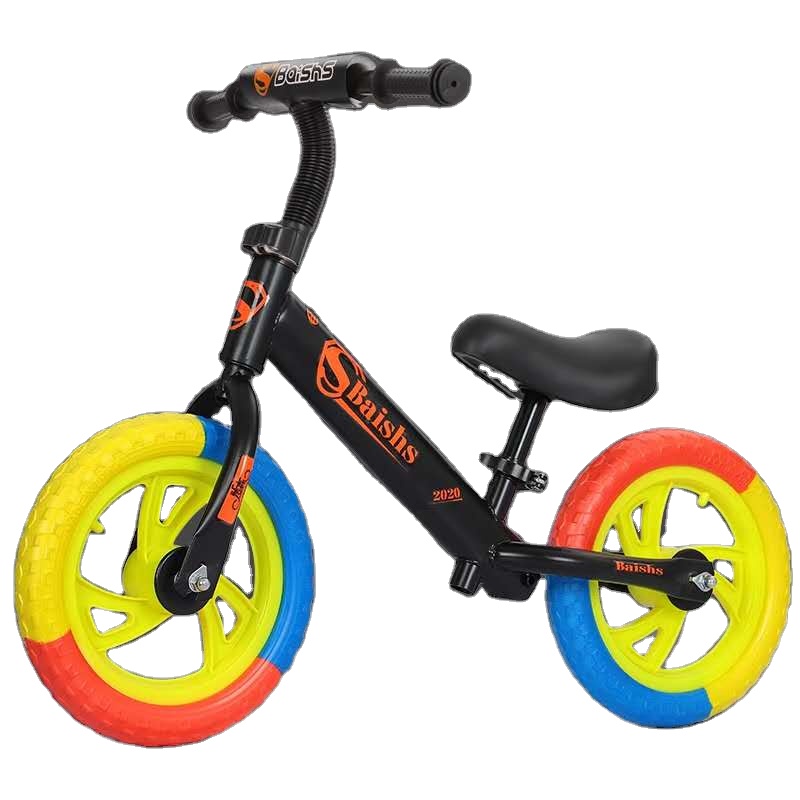

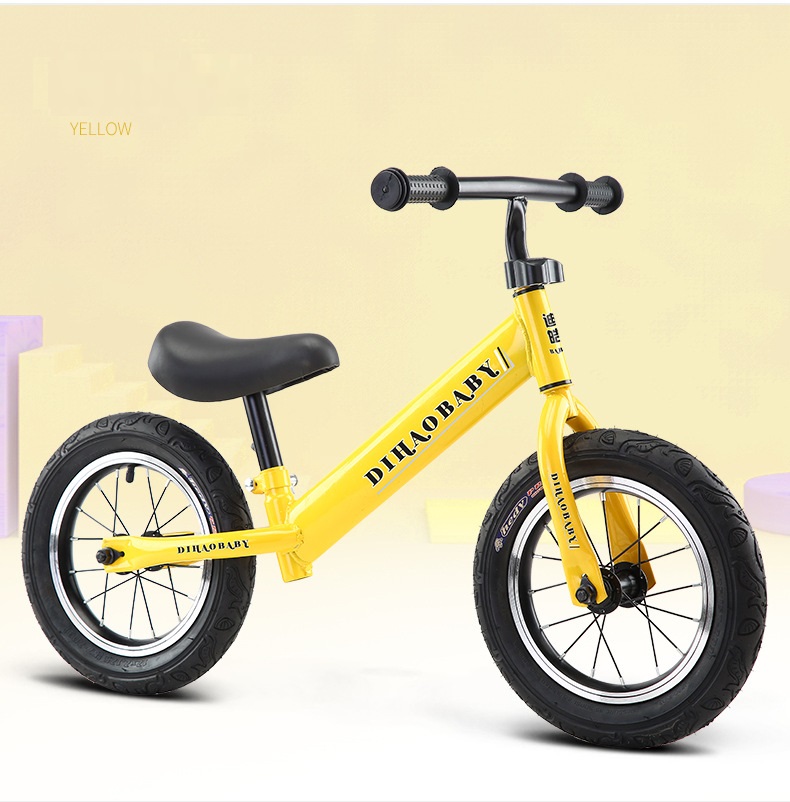







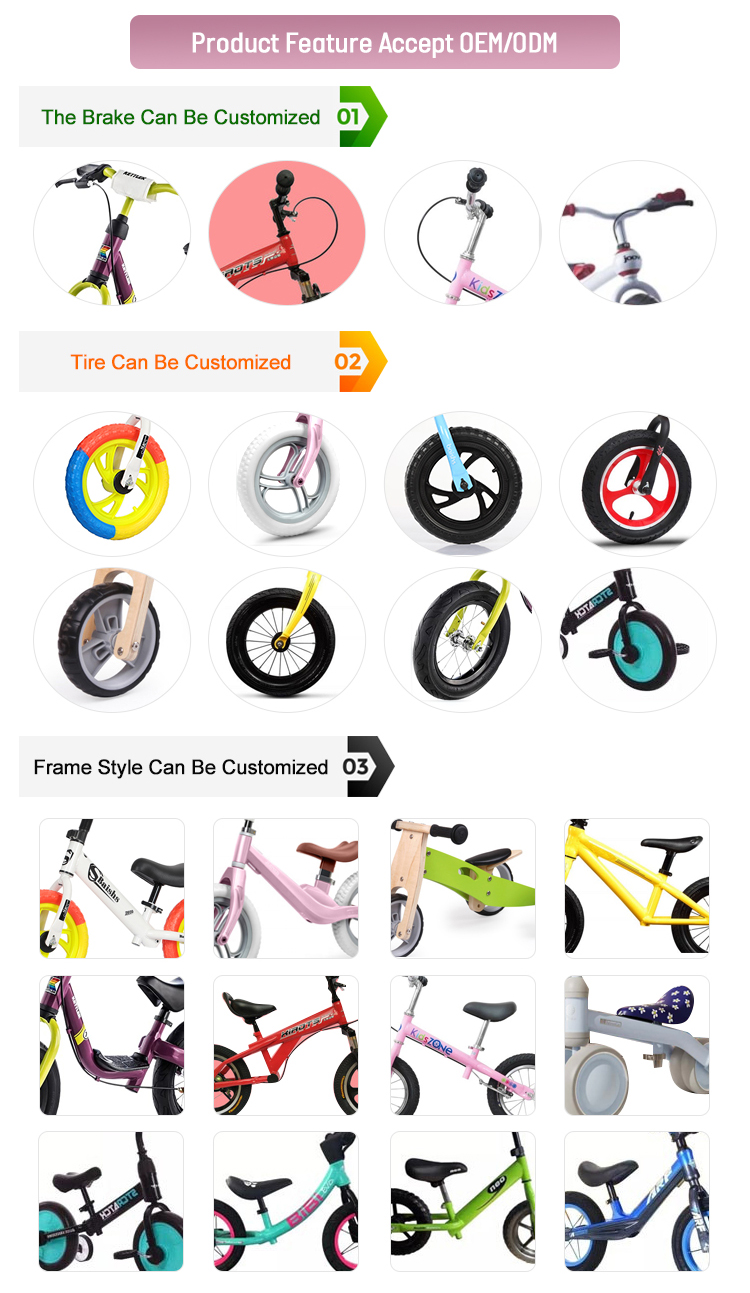



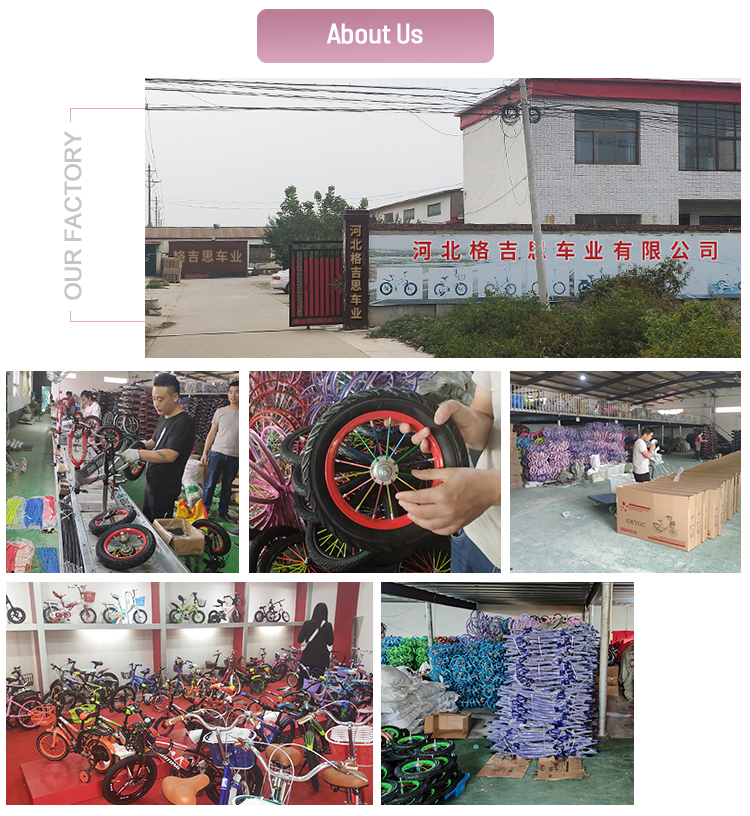

Usage scenarios
Indoor hallways, rubberized playgrounds, daycare corridors, hotel kids’ zones, and—surprisingly—museum children’s wings that want silent rolling without scuffs. The Wooden Tricycle For Kids does a neat job blending into premium interiors too.
Customer feedback
“Feels sturdy yet friendly,” one buyer told me; another noted fewer maintenance calls than their old plastic fleet. To be honest, that aligns with what we’ve seen in the lab.
References
- EN 71 Safety of Toys (Parts 1–3, 9)
- ASTM F963 Standard Consumer Safety Specification for Toy Safety
- ISO 8124 Safety of Toys
- CPSC Small Parts Regulation 16 CFR Part 1501
- FSC Chain-of-Custody Certification Guidelines
-
The Essential Guide to 16 Inch Child's Bikes – Safety, Specs & Trends
NewsNov.24,2025
-
Kids Road Bike 24 – Lightweight, Safe, and Perfect for Young Cyclists
NewsNov.23,2025
-
Discover Safe and Fun Children's Bikes 14 Inch | Durable Kids' Bikes Reviewed
NewsNov.22,2025
-
Discover the Perfect Little Girl 16 Inch Bike – Safety, Style & Performance
NewsNov.22,2025
-
The Ultimate Guide to 12 Kids Bicycles – Safety, Trends & Top Picks
NewsNov.21,2025
-
14 Inch Children’s Bikes: A Guide to Safety, Durability & Global Impact
NewsNov.20,2025
